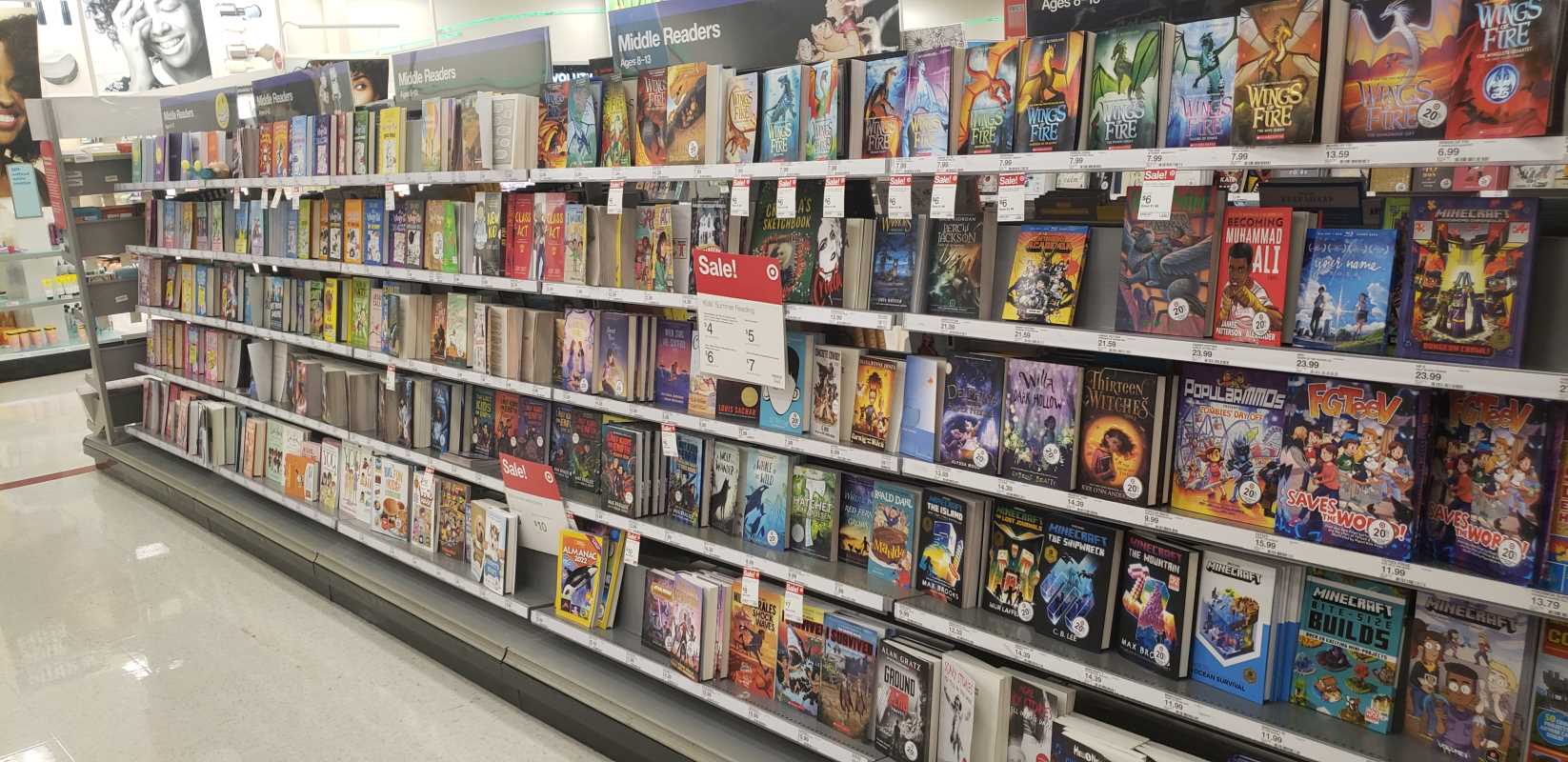The journey of comic strips reflects societal changes, artistic innovation, and the evolving ways we consume entertainment. From their humble beginnings as simple newspaper panels designed to amuse readers alongside daily news, comic strips have transformed into a diverse and dynamic form of storytelling. Over the decades, they have evolved to include complex narratives, memorable characters, and thought-provoking themes, resonating with audiences across generations. With the advent of digital platforms, comic strips have found new ways to reach readers, breaking free from the confines of print and embracing webcomics, social media, and mobile apps. This evolution showcases the boundless creativity of their creators and serves as a mirror to the cultural and technological shifts of each era, capturing the spirit, humor, and challenges of their time.
The Origins of Comic Strips
- The Yellow Kid by Richard F. Outcault (1895) – Often considered the first modern comic strip, it introduced word balloons and sequential art.
- Buster Brown by Richard F. Outcault (1902) – Known for its detailed artwork and character-driven stories, it paved the way for narrative depth in comics.
- Krazy Kat by George Herriman (1913) – Celebrated for its surreal humor and innovative artistry, it became a staple in the development of comic storytelling.
Artistic Milestones in Comic Strips
- The Golden Age (1930s-1950s): Introduction of iconic characters like Superman and Batman, emphasizing strong, dynamic art styles and adventurous narratives.
- The Silver Age (1950s-1970s): Expansion of themes to include more complex storylines and diverse characters, reflecting broader social changes.
- The Modern Age (1980s-Present): Incorporation of diverse artistic techniques and experimentation with narrative structures, allowing for more personal and varied storytelling.
The Digital Revolution in Comic Strips
Digital technology has significantly influenced the artistic evolution of comic strips. Artists now access a plethora of digital tools that enhance creativity and streamline the production process. Digital distribution platforms have also changed how audiences consume comics, making them more accessible worldwide and creating a global community of creators and fans. Webcomics have emerged as a prominent genre, allowing for greater experimentation and niche storytelling that traditional print media often couldn't support.
Comic Strips in Contemporary Culture
Comic strips occupy a significant place in contemporary culture, bridging the gap between traditional art forms and modern digital expression. They serve not only as entertainment but also as powerful mediums for social commentary and personal expression. Contemporary comic strips address a wide range of themes, from everyday life and humor to profound societal issues, making them relevant and relatable to a diverse audience. The integration of multimedia elements in digital comics has expanded the boundaries of storytelling, offering interactive and immersive experiences that engage readers in new and exciting ways.
Comic strips have found their way into various aspects of popular culture, including films, television, and merchandise, further cementing their influence. They continue to inspire new generations of artists and writers, creating a vibrant and dynamic community that celebrates both tradition and innovation. The collaborative nature of digital platforms allows creators from different backgrounds to share their work effortlessly, enriching the cultural tapestry of comic art.
In educational settings, comic strips serve as effective tools for teaching and communication, helping to convey complex ideas in an accessible and engaging format. Their visual and narrative qualities make them ideal for illustrating concepts in subjects ranging from history and science to literature and social studies. This versatility underscores the enduring relevance of comic strips in both artistic and educational contexts.
The versatility of comic strips also extends to their ability to cross cultural and linguistic barriers. Translations and adaptations enable stories to reach a global audience, encouraging cross-cultural understanding and appreciation. This global reach influences the styles and themes of contemporary comic strips, integrating diverse perspectives and storytelling techniques that enrich the medium.
The rise of social media has provided comic strip artists with new platforms to share their work and engage with their audience directly. This direct interaction democratizes the creation and distribution of comics, allowing independent artists to gain recognition without the need for traditional publishing channels. The immediacy and feedback provided by social media create a more interactive and responsive creative process, enabling artists to refine their work based on audience reactions and preferences.
Collaborations between comic strip creators and other media professionals have also expanded the scope and impact of their work. Cross-media projects, such as animated adaptations and graphic novel series, have brought comic strips to a wider audience, enhancing their visibility and influence. These collaborations often lead to innovative storytelling techniques and new artistic explorations, pushing the boundaries of what comic strips can achieve in the realm of art and culture.
The enduring popularity of comic strips shows their ability to adapt and evolve in response to changing cultural landscapes and technological advancements. As society progresses, comic strips capture the complexities of the human experience with humor, insight, and creativity.
Comic strips have undergone significant transformations from their early origins to their current status in the digital age. Key milestones in their artistic development highlight the interplay between creativity and cultural influences, while the digital revolution has opened new avenues for creation and distribution. Today, comic strips continue to captivate contemporary culture, evolving alongside societal changes and technological innovations. Looking ahead, the future of comic strips promises further innovations and adaptations, ensuring their continued relevance and impact in the ever-changing landscape of art and culture.






.jpg)
